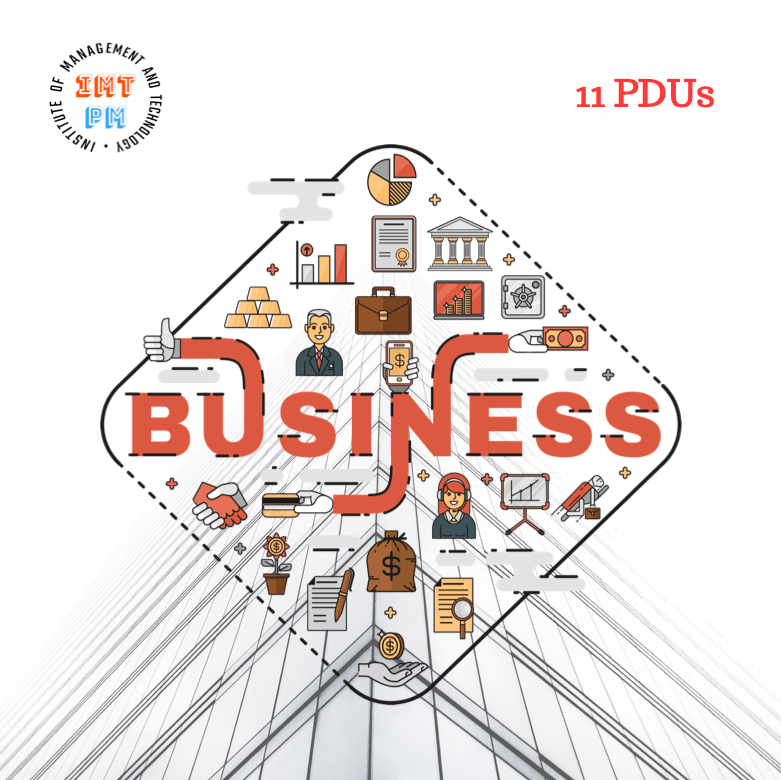Description
🌟 Provided by PMI® A.T.P. #4760. 🌟 Earn 11 PDUs Upon Course Completion. 📚
Are you looking for training to help you effectively manage project requirements to achieve project objectives?
Are you seeking fundamental training in Business Analysis within project management?
This on-demand course is designed for you. By completing this training, you will:
- Unveil the BA Role: Discover the critical role BAs play in translating business needs into actionable project requirements.
- Maximize Requirements Capture: Explore best practices for eliciting, analyzing, and documenting requirements across diverse stakeholders through interviews and modeling techniques.
- Ensure Project Alignment: Learn how effective requirements management and communication foster project clarity, ensuring alignment with strategic objectives.
- Verification and Validation Expertise: Understand how BAs contribute to solution verification and validation, mitigating risks and guaranteeing successful project outcomes.
- Develop Essential Competencies and Implement Best Practices in BA.
- Explore the Impact of Different Project Lifecycles on BA Practices: Waterfall, Incremental, and Agile.
Course information on PMI®: https://ccrs.pmi.org/search/course/536331

Course Outline
Chapter 1: AN INTRODUCTION TO BUSINESS ANALYSIS
This chapter serves the needs of organizations and business analysis professionals by providing practical knowledge and good practices necessary for contributing to portfolio, program, project, and product success and supporting the delivery of high-quality solutions.
Chapter 2: THE BUSINESS ANALYSIS ENVIRONMENT
Examines the influences within the environment and organization where business analysis is performed, discussing their impact on business analysis practices.
Chapter 3: THE ROLE OF THE BUSINESS ANALYST
Explores the business analyst’s position within the organizational structure, their sphere of influence, and essential skills for success.
Chapter 4: NEEDS ASSESSMENT
Processes for analyzing current business problems or opportunities, evaluating current and future states to determine optimal solutions, and presenting analysis results to decision-makers.
Chapter 5: STAKEHOLDER ENGAGEMENT
Processes for identifying stakeholders, determining engagement strategies, establishing shared understanding of business analysis activities, and assessing process effectiveness.
Chapter 6: ELICITATION
Processes for planning, conducting, and confirming elicitation activities to gather needs, requirements, and other product information from various sources.
Chapter 7: ANALYSIS
Processes for examining and documenting product information to ensure alignment with stakeholder needs, goals, and business objectives, and enabling viable solution designs.
Chapter 8: TRACEABILITY AND MONITORING
Processes for establishing relationships and dependencies between requirements and other product information, ensuring requirements are managed and assessing the impact of changes.
Chapter 9: SOLUTION EVALUATION
Processes for validating solutions to determine alignment with stakeholder needs and delivery of customer value.
Appendix A: WHAT DOES A BUSINESS ANALYST DO ON AN AGILE PROJECT?
Discusses how agile methodologies integrate business analysis activities throughout the project lifecycle, despite the traditional role not being explicitly defined.







Reviews
There are no reviews yet.